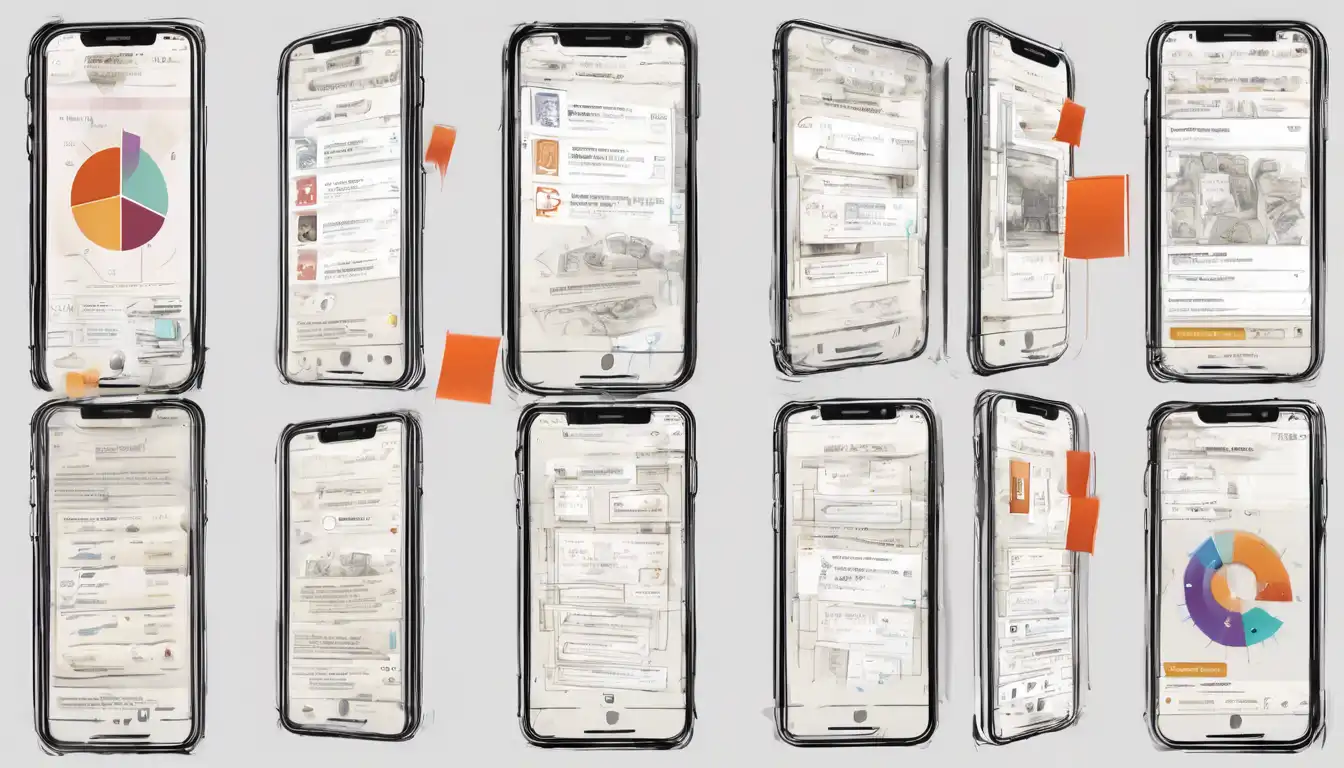Understanding the Mobile App Development Process
Building a successful mobile app requires a clear understanding of the development process. It's not just about coding; it's about creating a product that meets user needs and stands out in the competitive app market.
Step 1: Market Research
Before diving into development, conduct thorough market research. Identify your target audience, understand their needs, and analyze competitors. This step is crucial for ensuring your app fills a gap in the market.
Step 2: Define Your App's Purpose
Clearly define what your app will do. Whether it's solving a problem, providing entertainment, or offering a service, your app's purpose should be clear to potential users.
Designing Your Mobile App
A well-designed app is intuitive and user-friendly. Focus on creating a seamless user experience (UX) and an attractive user interface (UI).
Step 3: Wireframing and Prototyping
Start with wireframes to layout your app's structure. Then, create a prototype to test the flow and functionality before full-scale development begins.
Step 4: Choosing the Right Technology Stack
Selecting the right technology stack is vital for your app's performance. Consider factors like platform (iOS, Android, or cross-platform), scalability, and development time.
Developing Your Mobile App
Development is where your app starts to come to life. Follow best practices for coding and ensure your app is optimized for performance.
Step 5: Agile Development Process
Adopt an agile development process. This allows for flexibility, regular testing, and iterations based on feedback.
Step 6: Testing and Quality Assurance
Testing is critical to identify and fix bugs. Conduct various tests, including usability, performance, and security tests, to ensure your app is ready for launch.
Launching and Marketing Your App
A successful launch and ongoing marketing are key to your app's success.
Step 7: Pre-Launch Marketing
Build anticipation before your app launches. Use social media, email marketing, and press releases to generate buzz.
Step 8: App Store Optimization (ASO)
Optimize your app's listing with relevant keywords, engaging descriptions, and high-quality screenshots to improve visibility in app stores.
Maintaining and Updating Your App
Post-launch, focus on maintaining your app and keeping users engaged.
Step 9: Gather User Feedback
Listen to your users. Feedback is invaluable for making improvements and adding new features.
Step 10: Regular Updates
Keep your app fresh with regular updates. Address bugs, improve performance, and introduce new features to keep users coming back.
Building a successful mobile app is a journey that requires dedication, creativity, and strategic planning. By following these steps, you can increase your chances of creating an app that resonates with users and achieves long-term success.
